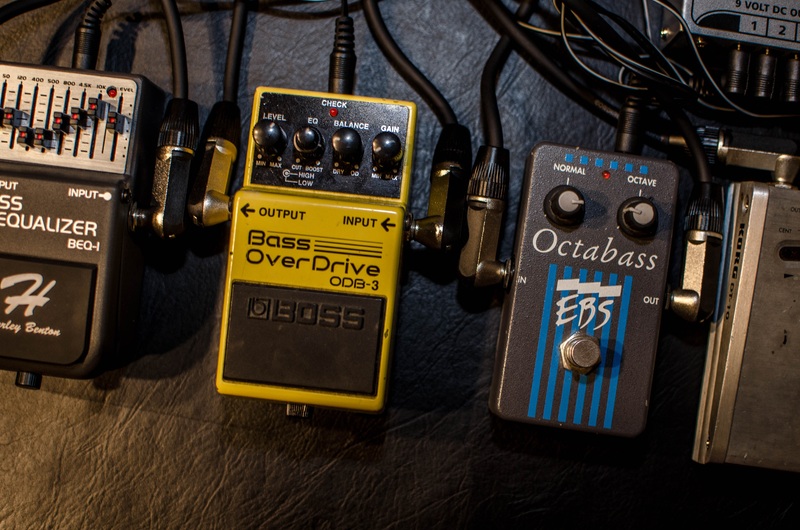Eleven crazy learnings from the Java 11 certification: accessing static interface methods (3/11)
In the summer of 2021, I got my Java 11 certification. I expected it to be quite a breeze, because I’d been a Java developer for 14 years and surely I should have seen it all by now, right? Turned out I was very wrong. I came across lots of things that I didn’t even know were possible with Java. In this weekly blog series I will go through 11 of these ‘crazy learnings’ that surprised me the most, even as an experienced developer. This week is about accessing static interface methods.
Accessing static interface fields
So: interfaces can have fields, right? They are always implicitly public, static and final. And multiple ways exist to access them. We’ll use the conference schedule example from last week’s post to demonstrate this.
So imagine we want to store the default length of a given talk. Let’s define a Slot interface that stores this value.
interface Slot {
int LENGTH_IN_MINUTES = 50;
}
Now, if we let our Talk class implement the Slot inferface, like so…
class Talk implements Slot {
private final String speaker;
private final String title;
private final LocalTime startTime;
public Talk(String speaker, String title, LocalTime startTime) {
this.speaker = speaker;
this.title = title;
this.startTime = startTime;
}
}
…we can access the LENGTH_IN_MINUTES static interface field in three different ways. The following test method uses JUnit 5 and the AssertJ library to illustrate them:
@Test
void accessingStaticInterfaceField() {
var carrotsAreAwesome = new Talk("Bugs Bunny", "Carrots Are Awesome!", LocalTime.of(11, 0));
// #1: access through Talk instance
assertThat(carrotsAreAwesome.LENGTH_IN_MINUTES).isEqualTo(50);
// #2: access through Talk class
assertThat(Talk.LENGTH_IN_MINUTES).isEqualTo(50);
// #3: access through Slot interface
assertThat(Slot.LENGTH_IN_MINUTES).isEqualTo(50);
}
Accessing static interface methods: a lot harder than you might think!
OK, so now that we’ve learned a few ways to access interface fields, let’s move on to interface methods. Let’s add a static method to our Slot interface:
interface Slot {
int LENGTH_IN_MINUTES = 50;
static String lengthDescription() {
return String.format("This slot lasts for %d minutes.", LENGTH_IN_MINUTES);
}
}
Now, it would make a lot of sense if we were able to access this method in the same three ways as before, right?
@Test
void accessingStaticInterfaceMethod() {
var stopLivingTooSlow = new Talk("Road Runner", "Stop Living Too Slow", LocalTime.of(9, 30));
// #1: access through Talk instance: doesn't compile! 💥
assertThat(stopLivingTooSlow.lengthDescription()).isEqualTo("This slot lasts for 50 minutes.");
// #2: access through Talk class: doesn't compile! 💥
assertThat(Talk.lengthDescription()).isEqualTo("This slot lasts for 50 minutes.");
// #3: access through Slot interface - compiles OK ✓
assertThat(Slot.lengthDescription()).isEqualTo("This slot lasts for 50 minutes.");
}
So the code for #1 and #2 doesn’t compile; the static method can’t be called on a Talk instance or through the Talk class:
java: cannot find symbol
symbol: method lengthDescription()
location: variable stopLivingTooSlow of type com.github.hannotify.elevencrazyjavathings.number9.Talk
The only way to call the static interface method is by explicitly calling it through the Slot interface, like we did in the code example at #3.
Rationale
According to the Java Language Specification, a class does not inherit (…) static methods from its superinterfaces. And though this behaviour may seem counter-intuitive at first glance, there’s actually a good reason for it.
Recall that Java allows a class to implement multiple interfaces. What if those interfaces would all define the same static method? What method would then be available to the implementing class? The compiler wouldn’t know which one to invoke! So that’s why the restriction was put in place, and why developers should explicitly name the interface that contains the static method you want to call.

Image from PxHere
Other blog posts in this series
Did you miss a blog post in this series? Here’s a list of all posts that have been published so far:
- A few freaky array declarations
- Stream elements should implement Comparable
- Accessing static interface methods
- Anonymous subclasses in enums
- Division by zero
- Method overloading priorities
- The crazy stuff that is allowed in switch statements
- Equality in cloned arrays
- Wrapper objects: some are more equal than others
- Functional interfaces actually CAN contain multiple abstract methods
- Passing arguments to method references



